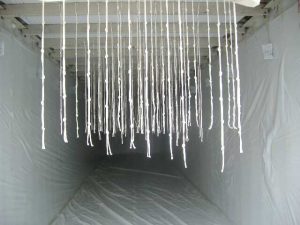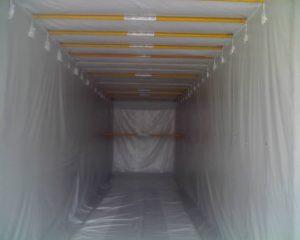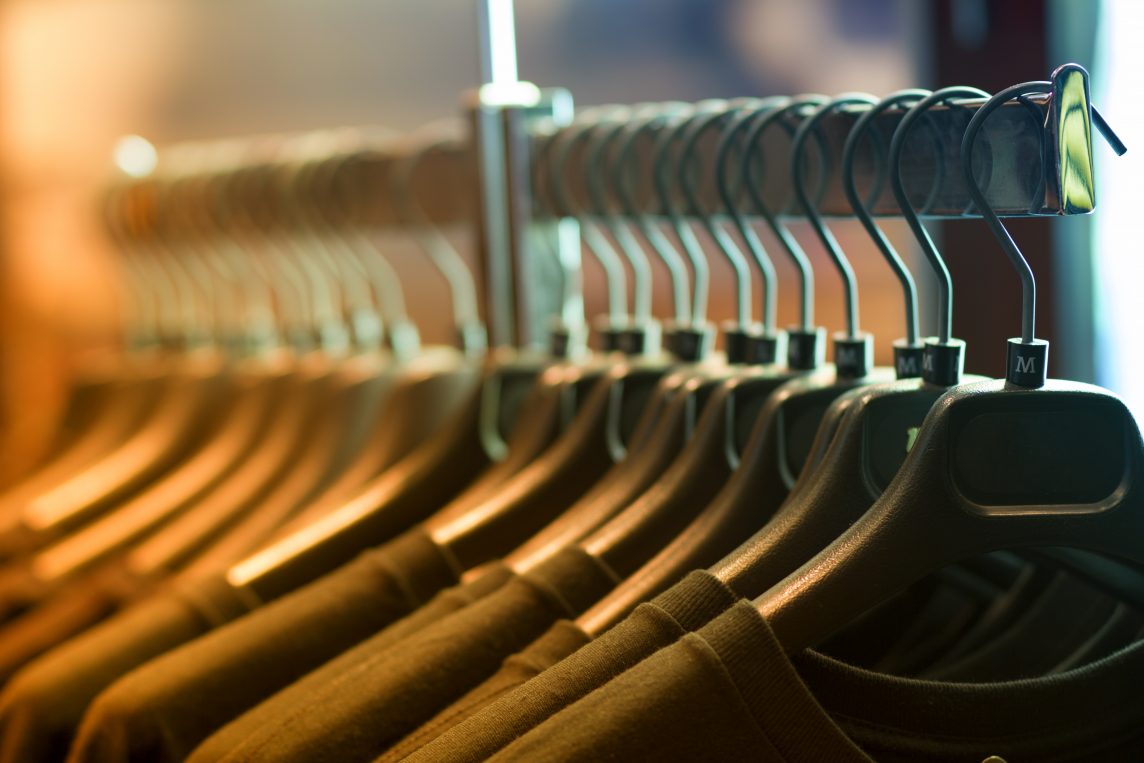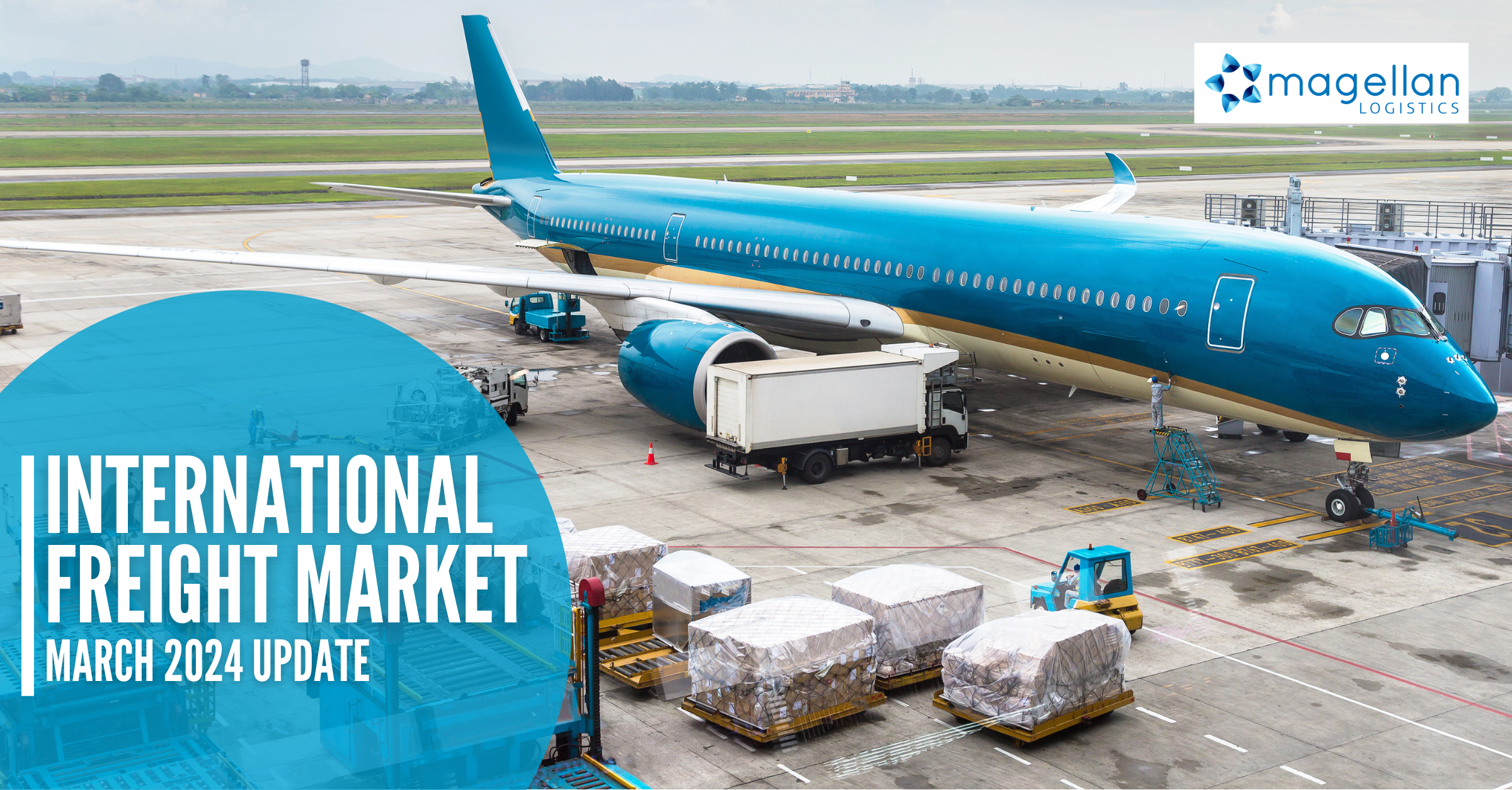Garments imported from Asia and elsewhere represent a large percentage of clothing sold in Australia’s $30 billion fashion industry. Retailers are always looking for ways to gain an advantage over their competition. With continuous pressure on margins and emerging technologies shaping customers’ demands for speed to market and garment presentation, the need to do so has never been more urgent. An obvious place to find opportunities to optimise for a competitive edge is in the supply chain. Importers can remove considerable time and cost from their supply chains by reviewing their decision-making around garment shipping methods.
As anyone who is in the business of importing garments for retail sale will tell you, one of their most crucial supply chain considerations is how to ensure that their merchandise remains in the very best condition. Consistency from origin to destination is critical, while not losing sight of the all-important speed to market.
Most importers opt to transport their garments by the traditional flat pack method where the supplier folds and packs the garments in boxes. It is cost effective, and entirely appropriate for high volume fashion. However, flat packing higher-quality garments made from delicate or sensitive fabrics, may lead to less than ideal outcomes. Packing garments made from delicate fabrics for transit can cause crushing and creasing requiring reworking (pressing or steaming) before the retailer can display them for sale. This may add significant cost and time into the supply chain.
Because of this, many importers of mid-market to higher-end or delicate garments prefer to use Garments on Hangers (GOH) shipping. The various GOH methods ensure greater consistency of garment condition with reduced creasing, minimising (in some cases to nothing) preparation and reworking time in-store. This has the knock on effect of lowering costs, as in some cases all the supplier can complete all the garment preparation at origin.
There are two different GOH garment shipping methods:
String system – In containers prepared using the string system, pieces of knotted ‘string’ run from the top of the container. Factories then hang garments in bundles by inserting hangers into each knot of the string.

aigo DC-V728
Bar system – Factories load the garments directly onto bars set up in the container – similar to a wardrobe.

The up-front container preparation cost for both systems is usually the same. However, more garments can be shipped using the string system, effectively reducing the per-unit price. However, while the bar system carries fewer garments, there is even less potential for creasing and therefore further reduces reworking.
There are many factors to consider when deciding between the string and bar systems, including type and fabrication of garments, volume and how the retailer prefers to display the garments. The pay-off really happens in-store, when garments are unloaded direct to racks ready for the shop floor in perfect order – no further preparation needed.
Whether you need a GOH container or if flat-pack is more appropriate is not a one size fits all decision. Sometimes the right solution will vary from shipment to shipment, volume and season.
Magellan Logistics has been navigating global fashion and retail supply-chains for 20 years. We can advise you on the best garment shipping method for your business and arrange the forwarding and customs clearance. Contact us today on 1300 651 888 or via www.magellanlogistics.com.au to see how we can help you stay ahead in this complex and changing environment.
Download our handy e-Guide 10 QUESTIONS TO ASK BEFORE YOU IMPORT CLOTHING BY THE GARMENTS ON HANGERS (GOH) METHOD
Exactly how are containers prepared for GOH? Watch our video here.
Sources:
http://www.abcosystems.net/why-goh-is-a-necessity-for-better-garment-distribution/
http://shippingandfreightresource.com/what-is-a-garment-on-hanger-container/













